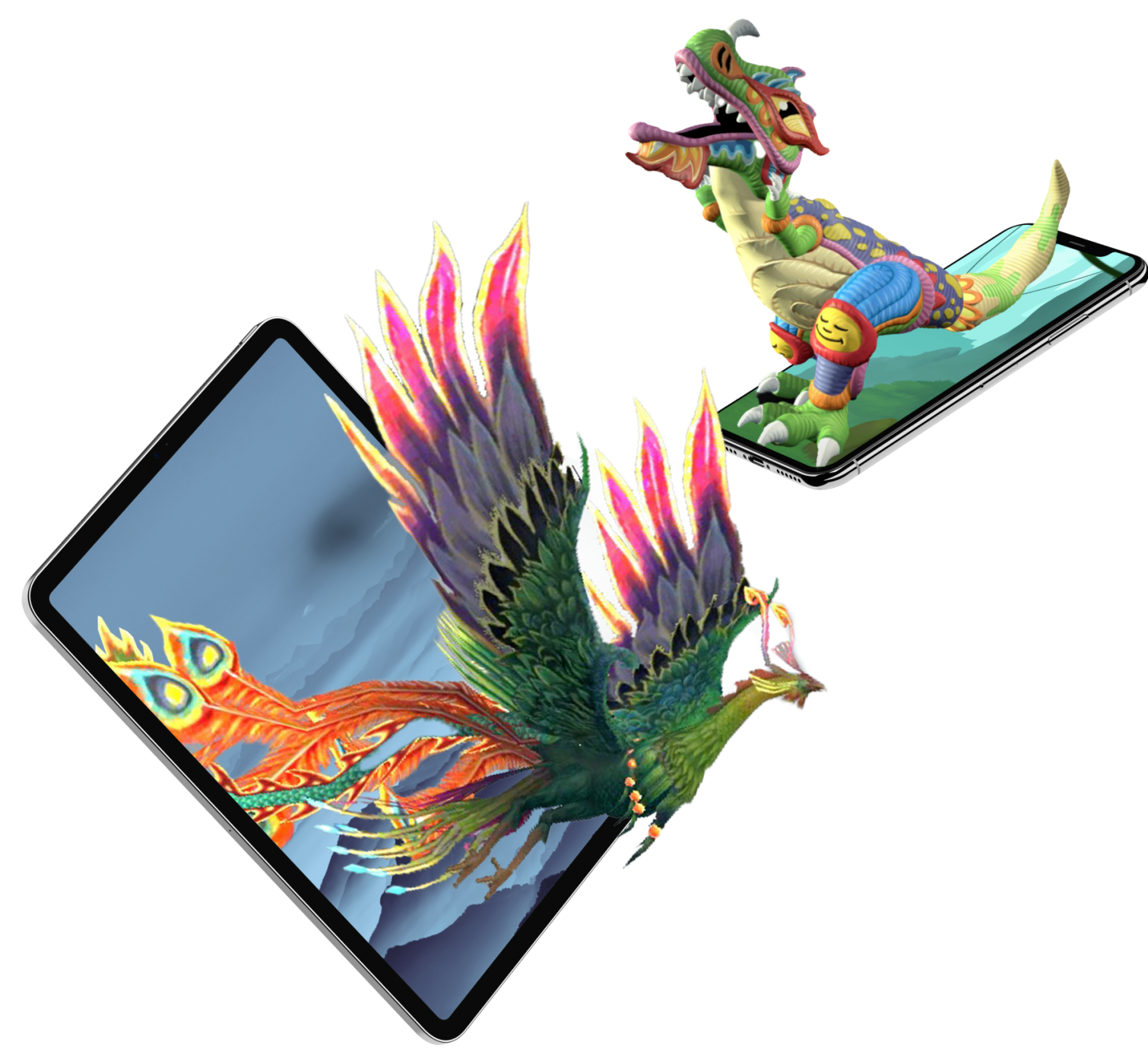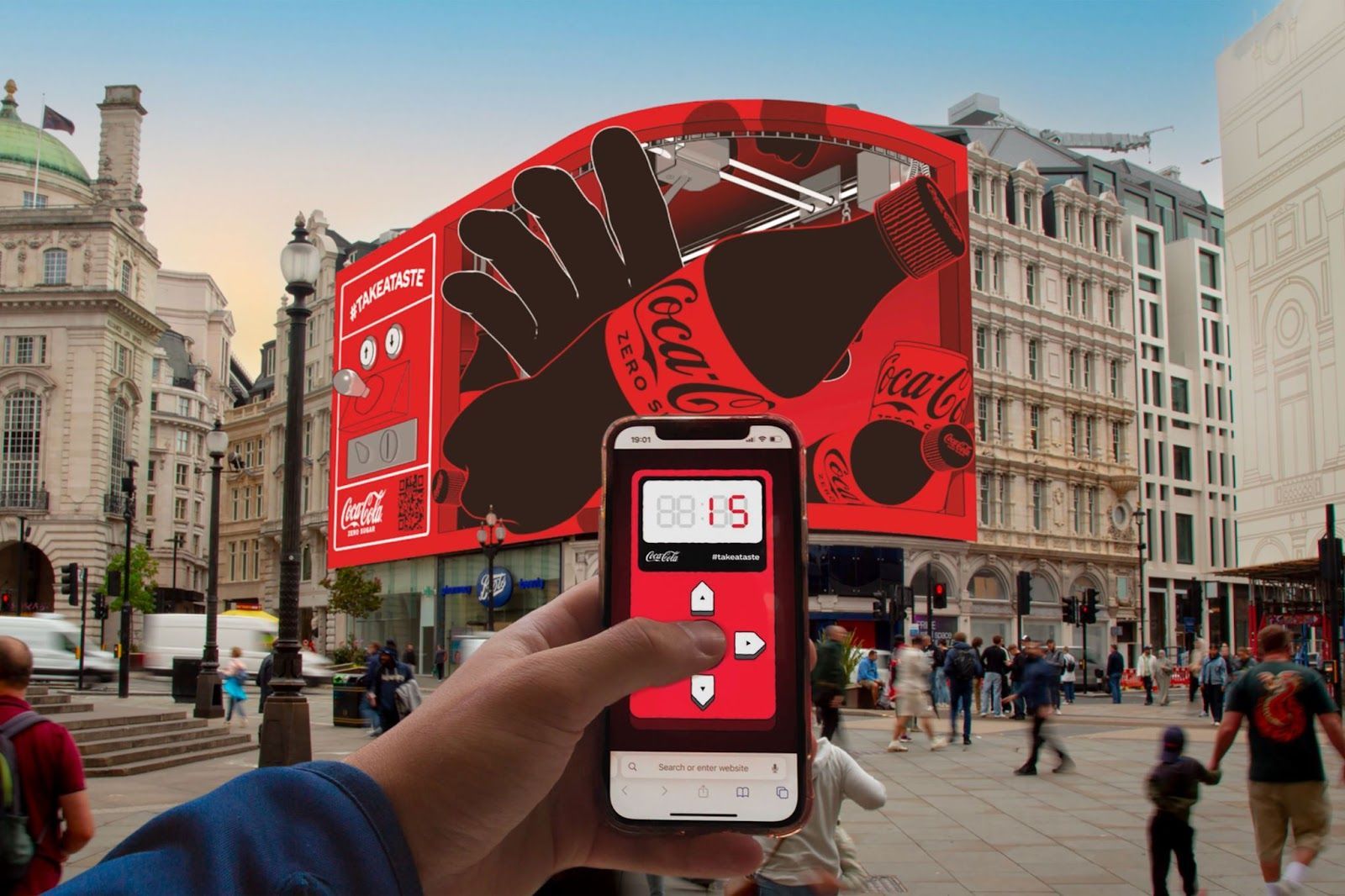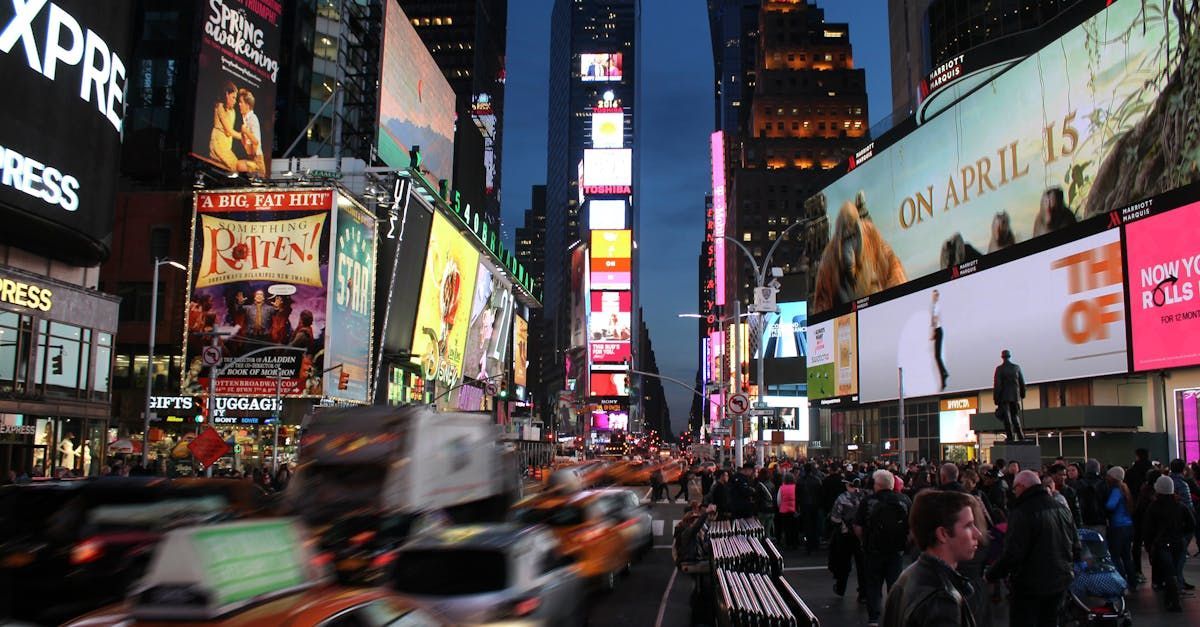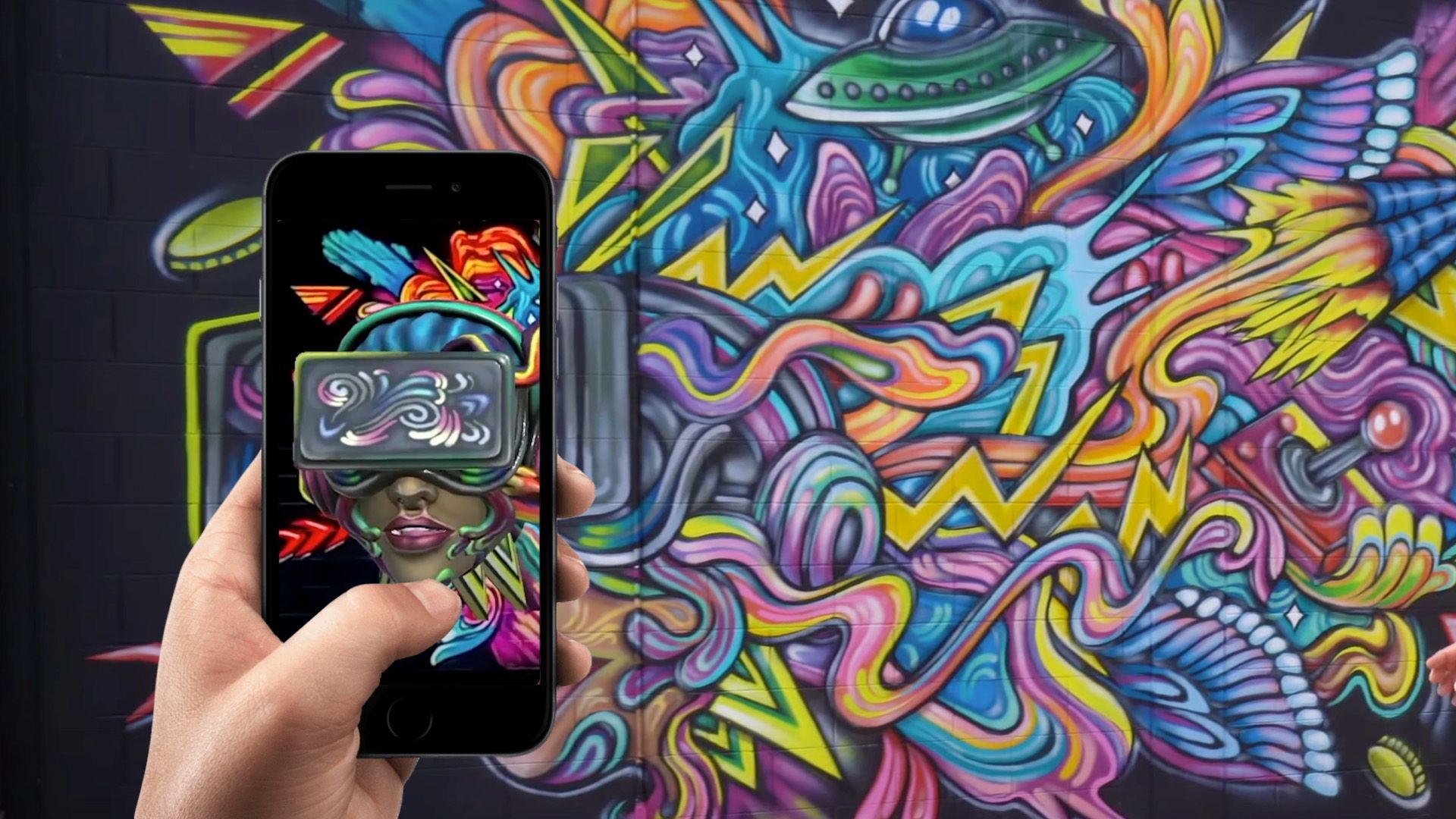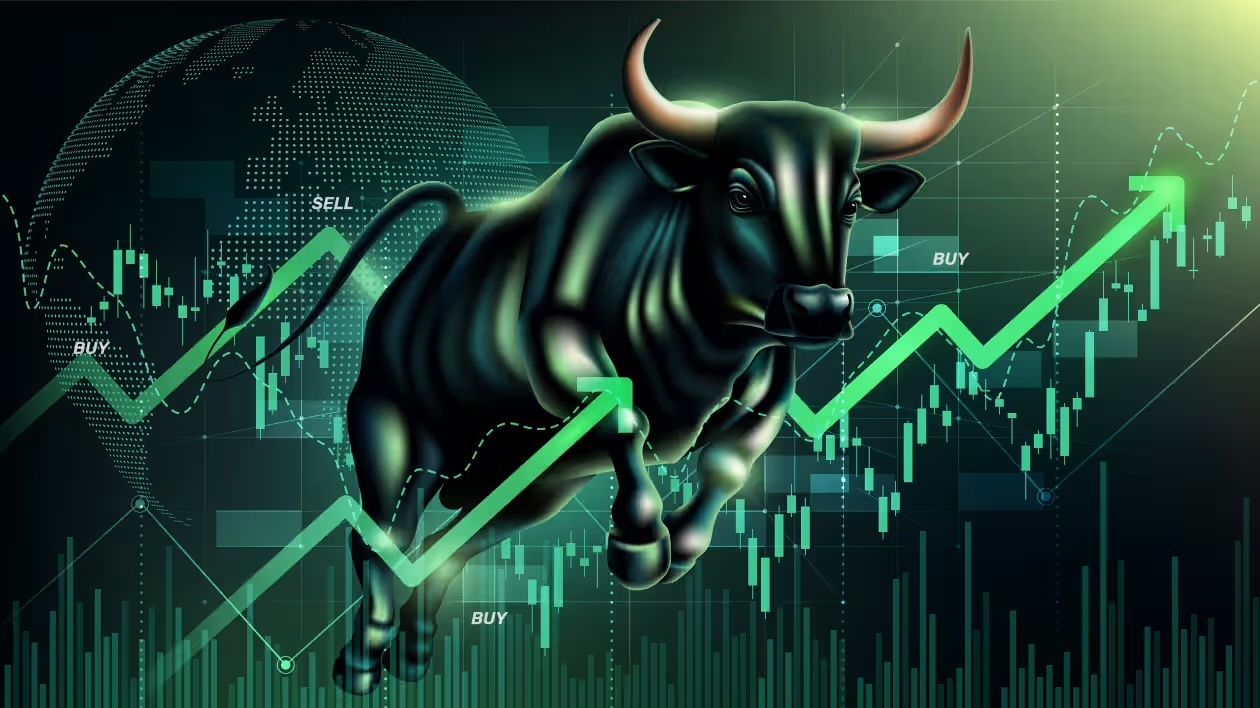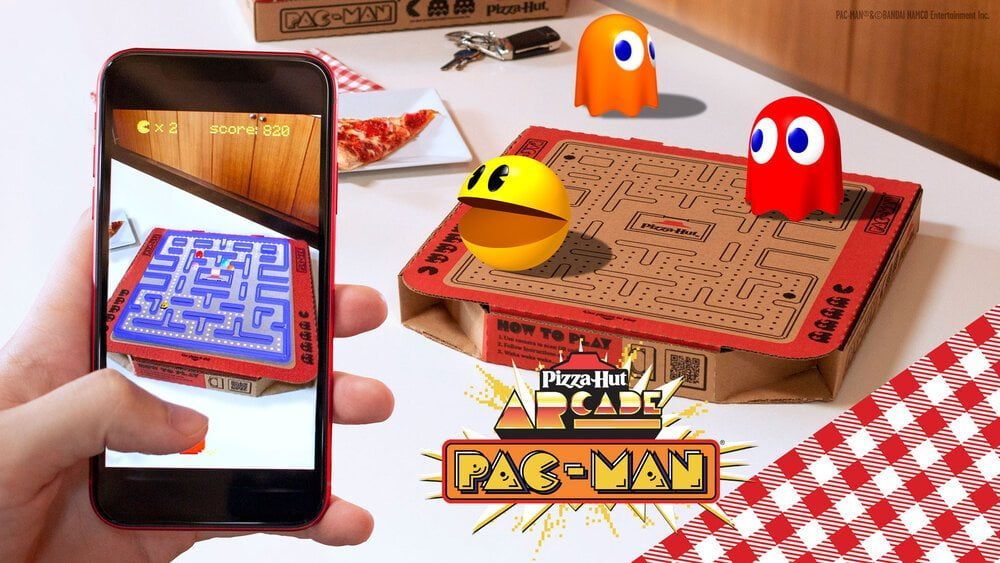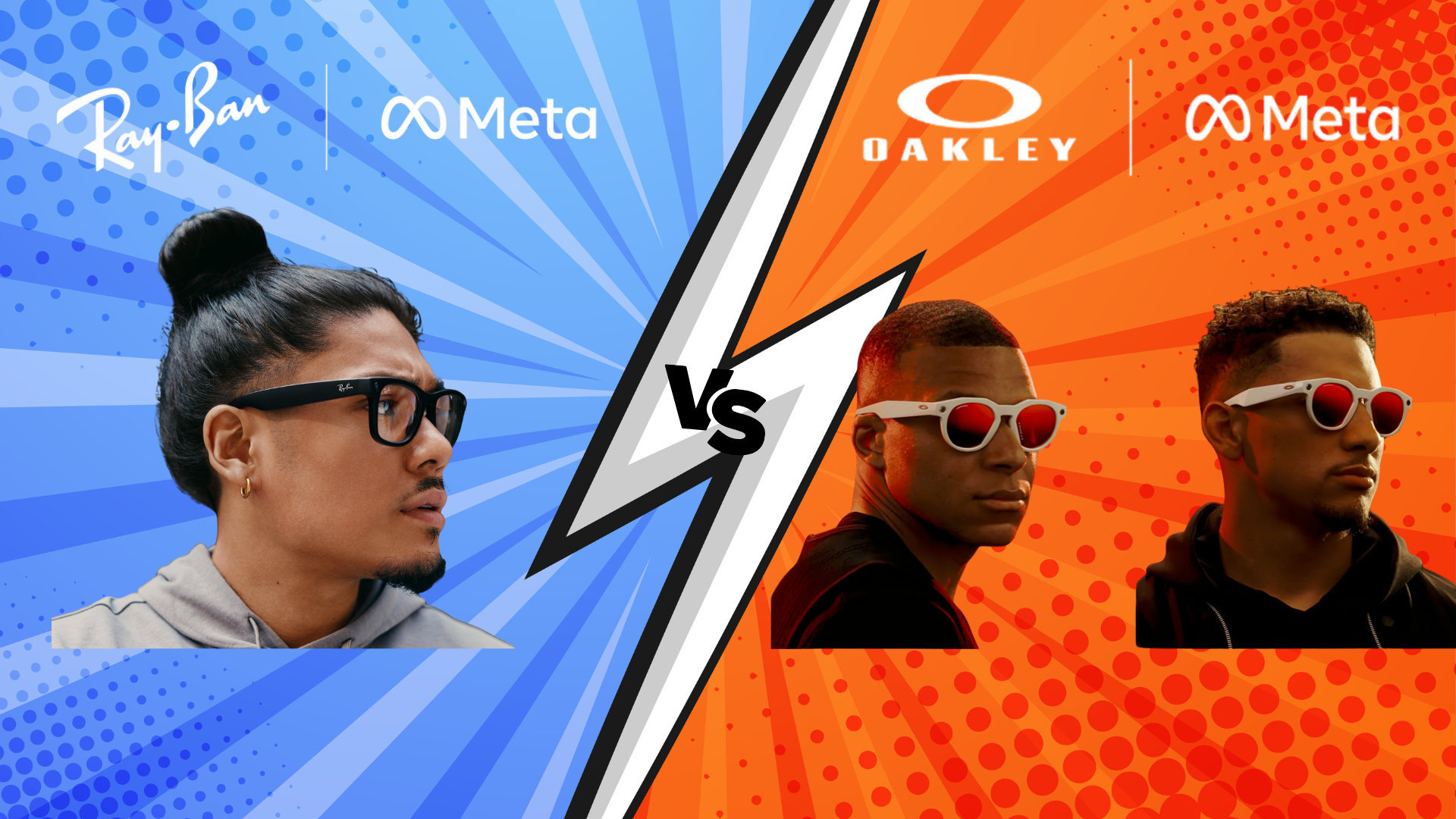How Murals Can Drive Economic Development
Public art has a profound ability to transform communities, and murals, in particular, have emerged as powerful tools for economic development. Vibrant murals attract foot traffic, enliven public spaces, foster community pride, and enhance cultural tourism, ultimately supporting local businesses and city growth. Cities across the United States, from Detroit to Miami, have embraced mural art to catalyze economic activity, creating new spaces that are interactive, immersive, and impactful.
The Power of Placemaking through Murals
Murals contribute to placemaking—redefining and revitalizing public spaces to make them more appealing and engaging. By fostering community pride and providing locals with a shared sense of ownership, murals enhance the quality of life and create a destination where people want to live, work, and play. Placemaking with mural art transforms neglected walls or buildings into colorful attractions, signaling a vibrant and safe space that invites people to linger and explore.
In Detroit, the "Mural City," murals are central to this transformation. Eastern Market, a popular food and art hub, showcases murals that draw thousands of visitors annually. This influx of tourists fuels nearby businesses, restaurants, and retail stores, making art a critical driver of economic vibrancy in the area.
Community Murals: Building Local Identity and Pride
Community murals reflect a place's values, history, and cultural identity. They become symbols of local heritage, bridging past and present narratives to foster a unique identity that residents take pride in. This local identity, in turn, becomes a magnet for tourism, with visitors drawn to the authenticity and cultural richness of the area. For instance, Miami’s Wynwood neighborhood has leveraged mural art to transition from an industrial district to a trendy, tourism-centric hub. Once filled with empty warehouses, Wynwood is now known globally for its murals, particularly during the annual Art Basel event, which attracts art enthusiasts and boosts the local economy with a surge of tourism dollars.
Murals as Economic Engines: The Direct Benefits
The impact of murals on economic development is multifaceted, extending beyond aesthetics to tangible economic benefits:
- Increased Foot Traffic: Murals act as visual landmarks, encouraging people to visit, walk around, and engage with the local community. This increased foot traffic benefits nearby businesses and stimulates economic activity, creating opportunities for restaurants, shops, and cafes to thrive.
- Boosting Property Values with the "Millennium Park Effect": Public art significantly impacts property values, a phenomenon known as the "Millennium Park Effect." Named after Chicago’s Millennium Park, an open-air gallery of public art and architecture, this effect refers to how art installations catalyze real estate development, pushing property values up in surrounding areas. Millennium Park became a premier destination in Chicago, drawing millions of visitors and driving up nearby real estate values as the area transformed into a vibrant, high-demand neighborhood.
Detroit’s Eastern Market exemplifies this effect. With its expanding collection of murals, Eastern Market has become a cultural hub and one of Detroit’s most sought-after real estate markets. Local developers credit the area's popularity and subsequent rise in property values to the growing number of murals that have transformed the neighborhood into a must-visit destination. This appeal attracts tourists and residents and encourages investment in new shops, dining, and residential spaces, reinforcing a thriving local economy. - Generating Substantial Tax Revenue: The economic impact of murals is felt in private investments and real estate value and extends to the public sector through tax revenue. According to Americans for the Arts, every $1 invested in non-profit public arts, including murals, generates $6 in tax revenue. This impressive return on investment underscores how the arts contribute to public budgets, generating substantial tax revenue that can be reinvested in local infrastructure, schools, and other community resources. By funding community murals, cities stimulate an economic cycle supporting public services and economic development.
- Attracting Tourism: Murals draw visitors from outside the region, creating demand for lodging, dining, and other amenities. Festivals like the Electrifly Detroit Augmented Reality Mural Festival illustrate how murals attract tourists and create immersive, interactive experiences that elevate tourism, allowing visitors to engage with art in new and memorable ways.
- Job Creation and Arts Programs: Community-led arts programs generate employment opportunities for local artists, tour guides, and maintenance staff. Cities can also create mural-focused grants and support programs, giving artists financial incentives to contribute their work to public spaces.
Integrating Technology: Augmented Reality Murals
With advances in art and technology, murals have moved beyond static images. Augmented reality (AR) has transformed murals into dynamic, interactive experiences that deepen engagement and provide added value to viewers. AR murals, like those supported by BrandXR, allow people to explore 3D animations, audio narratives, and interactive elements through their smartphones, making murals more captivating and memorable.
In Detroit, the Electrifly Detroit Augmented Reality Mural Festival has brought this concept to life, combining traditional mural art with AR features that engage audiences in new and exciting ways. As people explore these immersive AR experiences, they are more likely to share their experiences online, creating a viral content effect that draws even more visitors to the area and supports the local economy. This fusion of art and technology showcases the potential of AR murals to drive cultural tourism, generate social media buzz, and establish a city as a forward-thinking art destination.
Murals as Cultural Attractions: A Magnet for Tourism
Tourism is a vital aspect of economic development, and murals contribute significantly by making cities more attractive to travelers. As tourists seek authentic cultural experiences, cities with prominent mural art can leverage these assets to draw visitors. Detroit, Wynwood in Miami, and neighborhoods with a reputation for public art become must-visit destinations, with murals that tell stories and showcase local creativity.
For instance, the Eastern Market murals in Detroit have become iconic, inspiring locals and tourists to explore the market and its surrounding neighborhood. In Wynwood, the explosion of mural art has turned the area into a bustling destination, especially during Art Basel, where tourists worldwide experience Miami's thriving art scene. These murals are cultural expressions and strategic tools that bolster tourism revenue and contribute to economic growth.
The Ripple Effect: Strengthening Local Economies
Murals create a ripple effect on local economies, benefiting multiple sectors. By attracting visitors and increasing foot traffic, murals drive revenue for nearby businesses and support new investments in the area. In addition, as cities gain recognition for their murals, they attract investment from both the public and private sectors, further fueling development.
- Economic Support for Local Businesses: Murals contribute directly to the success of local businesses. Coffee shops, boutiques, and other small businesses often see an increase in sales due to the foot traffic generated by popular mural sites. Local business owners can also collaborate with mural artists to create themed events, tours, or promotions tied to the murals, further enhancing their economic impact.
- Empowering Artists and Creatives: Community-driven mural projects create job opportunities for artists, enhancing a city's creative economy. By investing in local talent, cities support the growth of a creative workforce and foster a sustainable arts and culture ecosystem that continually contributes to economic vitality.
- Inspiring Community Development Initiatives: Successful mural projects inspire further community investment, encouraging property owners, developers, and the local government to initiate new public art projects and beautification efforts. This virtuous cycle of community development leads to a safer, more vibrant neighborhood that attracts even more residents, businesses, and visitors.
Murals in Public Spaces: Fostering a Sense of Belonging
Murals transform ordinary public spaces into places where people feel connected and belonging. By fostering a sense of pride and ownership, murals encourage community members to take care of these spaces and participate in their upkeep. Public spaces with murals become gathering spots, enhancing social cohesion and fostering positive community relationships. This sense of belonging strengthens the community and further bolsters economic growth, as people are more likely to invest their time and money in places they care about.
Conclusion: A Lasting Impact on Economic Development
Murals are more than aesthetic additions to a cityscape—they are engines of economic development, cultural significance, and community pride. By attracting tourism, supporting local businesses, and enhancing public spaces, murals help cities build thriving local economies while celebrating their unique cultural identities. Integrating technology, like augmented reality, further expands the possibilities for murals, making them interactive, immersive, and unforgettable.
As we look to the future, cities that embrace murals as economic assets can expect lasting benefits. From Detroit’s Eastern Market to Miami’s Wynwood, murals will continue to redefine urban landscapes and serve as powerful catalysts for growth, connection, and economic prosperity.
TALK TO A PRO
We're here to bring your brand to life!
Stay Connected with BrandXR
Create Augmented Reality for Free!
Create, Publish, and Measure 3D Augmented Reality Experiences Without Having to Code.
